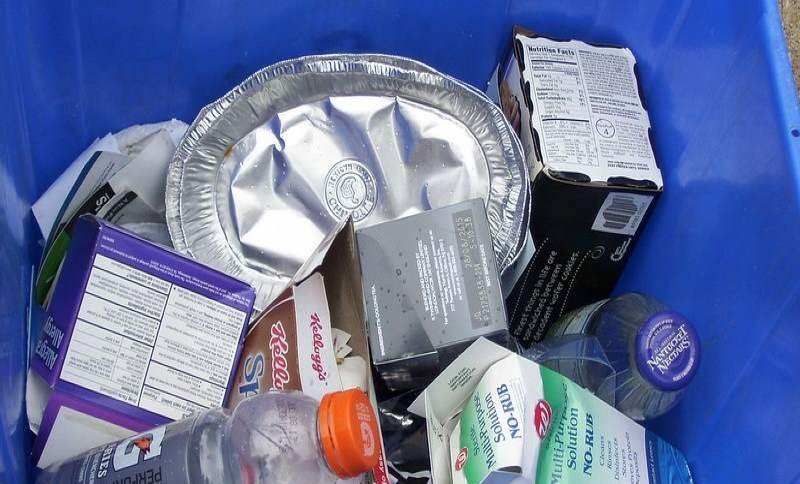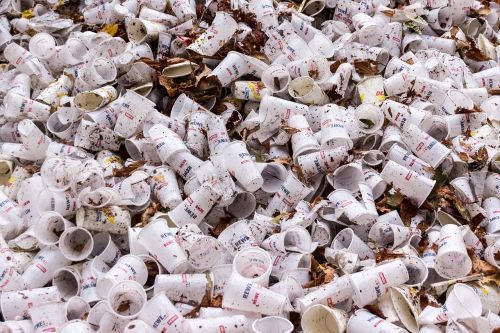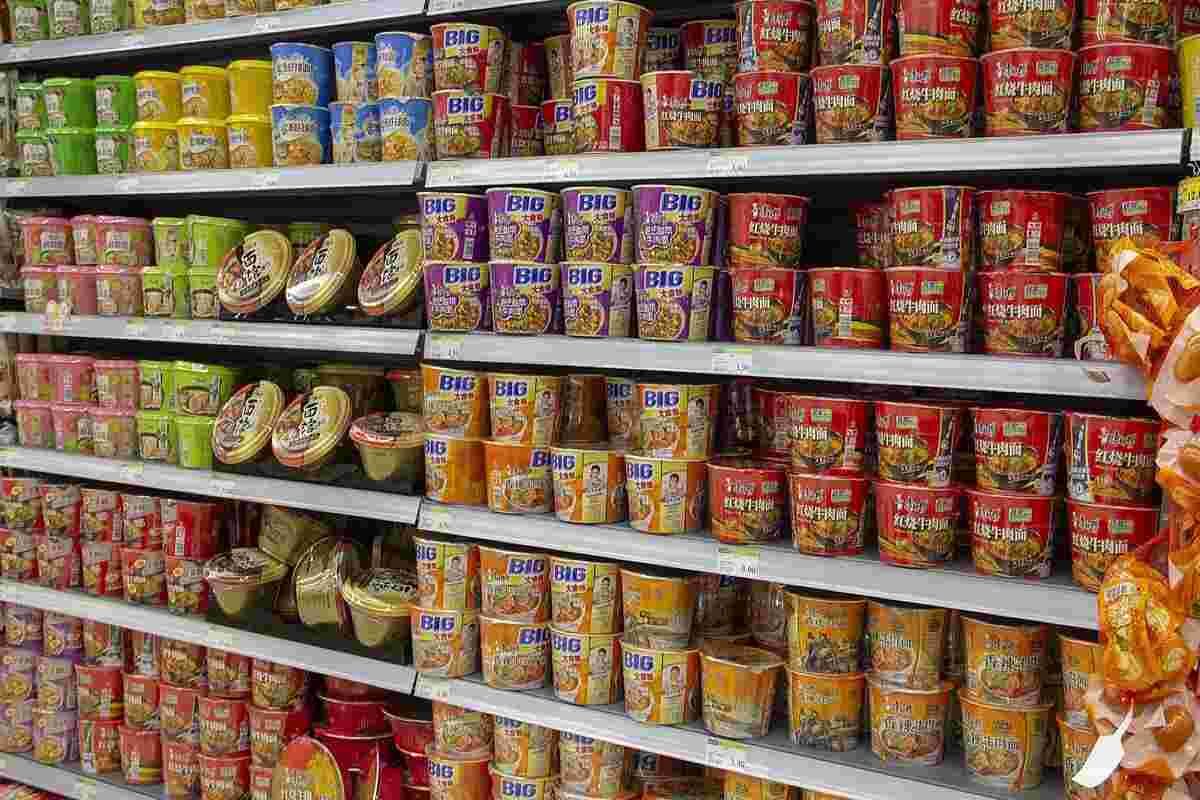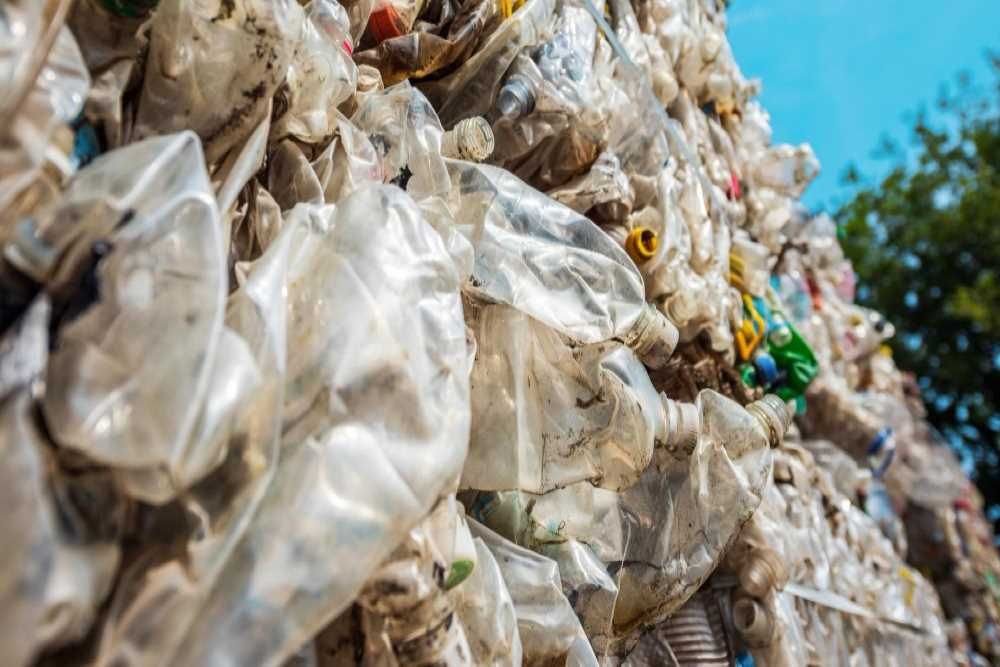For a long time, raw material suppliers and the packaging industry have had the same aim – fully recyclable products. It is a goal established by customer demand from the growing number of people who wish to see the end of plastic being used in single-use products.
One packaging item that consistently impacts public opinion on this vital issue of sustainability is the disposable cup. Whether eating instant noodles or carrying a coffee from the shop to the office, paper cups have become an essential part of modern life. Yet, once used, it typically goes straight to the bin and then to landfill.
For while the cup itself is made from recyclable paper, the coating that keeps the cup waterproof is typically not. Yet without the coating, the cellulose fibres that the paper is made from would simply not hold together, meaning that a fully plastic cup would be needed.

There are currently two conventional solutions to making paper cups suitable for coffee and instant noodles:
1. Polyethylene linings. However, these are frequently not compostable and if added to a compost heap they will contaminate it.
2. Petrochemical or fluorochemical polymer coatings. They can resist grease and heat and hold the paper together when wet, however, these chemical coatings can disrupt the recycling processes which are often designed only to handle polyethylene-lined paper.
What is needed is a lining for paper that can resist high temperature liquids, even those containing oils, yet keeps the paper both compostable and recyclable.
“Our biggest concern is coatings,” explains recycling expert, Justen Garrity, who is the president of Veteran Compost, a Baltimore-based waste disposal company. “Even though what we get is 99% clean, that 1% is a challenge. And it’s not bricks, it’s light films and flexible packaging,” he notes. “I’d love to see things that are either compostable or they’re chunky, recyclable plastic.”
Related articles: New Polymer Production Method for a More Pliant, Eco-Friendly PVC or Chemical Industry Moves to Safer, Greener Perfumes
At the heart of solving this challenge are small raw material suppliers and companies in the paper and packaging industry which are looking to meet customer demand while at the same time helping to make the sector sustainable.
One such business is the paper-serving-ware start-up SOFi Paper Products, whose cofounder Brandon Leeds describes the company’s goal as, “Everything that we create, we try to create it so it’s a real solution no matter how you dispose of it.”
Key to their success is providing coatings which are instantly compatible with the machinery which manufacturers of paper products already use.

The most common type of these new paper treatments are ‘water-based coatings,’ a technology which forms an innovative and therefore secretive part of the paper sector. SOFi, for example, will not provide specifics about the chemical formula it has co-developed with a Southeast Asian chemical producer.
“The coating is proprietary; there’s not too much that I can share,” explains Leeds. Noting only that, “it doesn’t contain any bioplastics . . . It’s a water-based, aqueous coating.”
The beauty of these new coatings is their versatility in how they can be handled after they have been used. If they are dirty, as many paper food containers are, then they can be composted along with the food remnants. If they are clean enough, then they can be washed and recycled as the repulping process will remove the chemical coating.
“The key,” according to Bill Kuecker, senior director at aqueous chemical specialists Solenis, “is to establish a low surface tension, best combined with the formation of a closed film.”
The essential component of aqueous coatings is that they use emulsions, although unlike house paint, they use emulsions which are suitable for food packaging.

The material science is based on hydrophobic polymer particles which are carried and dispersed onto the surface by water, which acts as a solvent. The particles come together to create a waterproof barrier and cross-link with each other to withstand oils when the water evaporates.
While each coating varies slightly, they are typically based on a few base industrial raw materials, such as polylactic acid, polyhydroxyalkanoates (PHAs), cellulose, and some acrylics.
“People have long associated ecofriendly with being expensive and subpar compared to plastic,” adds SOFi’s Leeds. “We’re trying to help people make that adjustment by giving them benefits to save costs and have an equivalent or better experience to plastic.”
While the growth of water-based coatings for the food service industry may sound like a niche market, its environmental impact is significant.
Food waste already makes up around 20% of US landfills,annually equal to around 57 million metric tonnes, according to a 2023 analysis by the US EPA. That is a lot of waste material which could theoretically be anaerobically digested into fuels or chemical feedstocks, or composted into fertiliser. Whereas, at present when dumped in landfill, this food waste releases more than two million tonnes of methane into the atmosphere, a GHG leak equal to fourteen million passenger vehicles.
Aqueous-coatings for single-use cups, plates, bowls, and even cutlery would go a long way to resolving this problem.

Ultimately, the goal is to make paper the ‘go to’ raw material for single-use food packaging and serving ware. It is sustainable and easy to recycle, unlike the glass, aluminium, and plastic that is most commonly used today.
However, making that leap will require a change of mind set in the packaging industry and a rapid growth in the number of processing plants which are able to compost or repulp waste paper materials.
If achieved, then the packaging sector, food retailers, and the wider supply chain of raw materials will have taken a huge step towards sustainability.
Something which will ease the guilt of coffee shop customers everywhere.
Photo credit: Frimufilms on freepik, Needpix, Freepik, Wikimedia, & Flickr